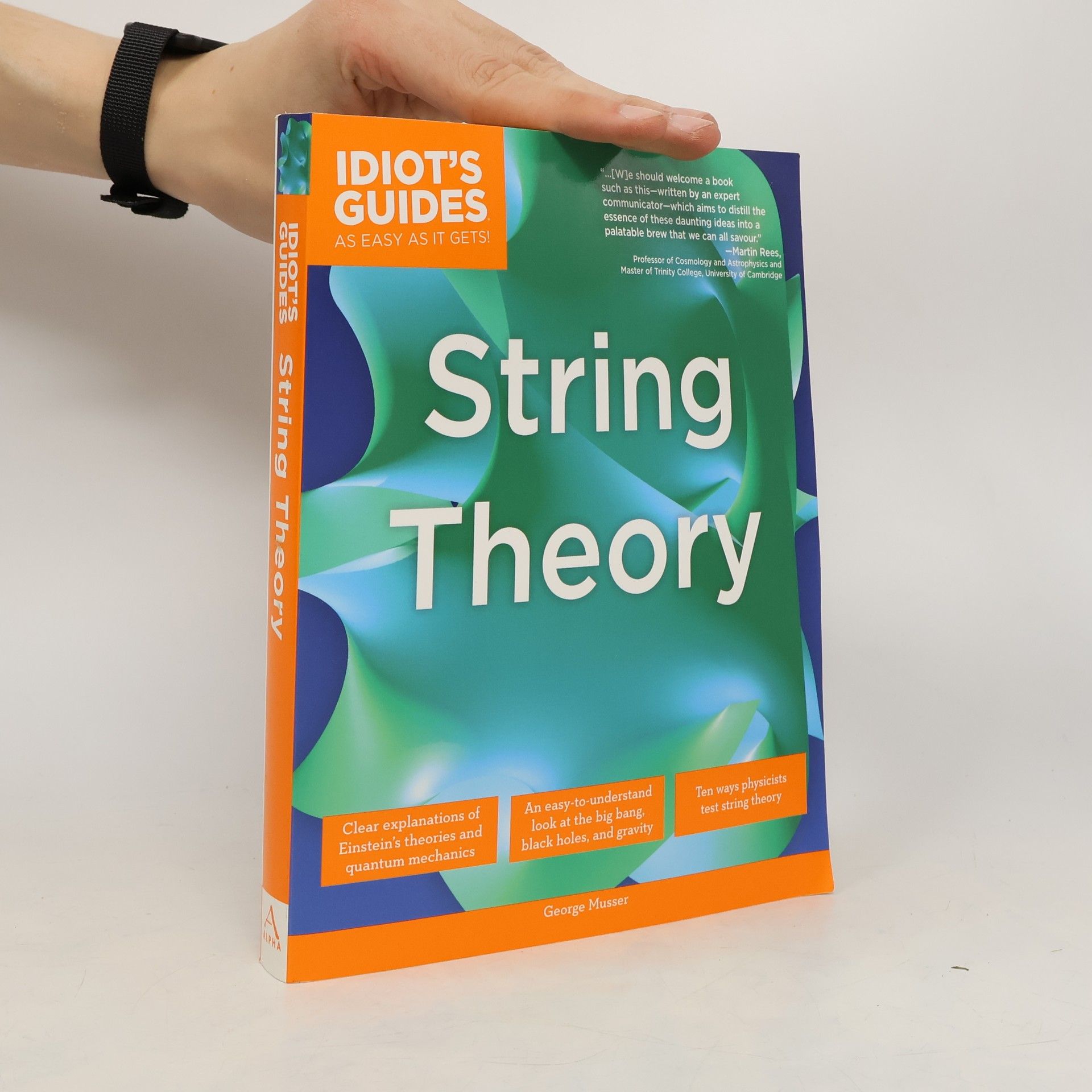Emergence in Condensed Matter and Quantum Gravity
A Nontechnical Review
Physicists in the past century have found a remarkable diversity of phases of matter-and equally remarkable commonalities within that diversity.
George Musser beschäftigt sich mit Weltraumwissenschaft und fundamentaler Physik, was sich in seinem Schreiben widerspiegelt. Seine Arbeit taucht tief in komplexe wissenschaftliche Konzepte ein und macht sie einem breiteren Publikum mit Klarheit und Neugier zugänglich. Mit einem tiefen Verständnis für das Thema erforscht er die grundlegendsten Fragen des Universums und bietet den Lesern fesselnde Erzählungen über Entdeckungen und die Grenzen unseres Wissens.




A Nontechnical Review
Physicists in the past century have found a remarkable diversity of phases of matter-and equally remarkable commonalities within that diversity.
One of the most unfathomable mysteries of quantum physics. The elusive missing piece in the jigsaw of a grand unified theory. Could the answer be much closer than ever we thought?
Take Your Understanding of Physics into a Whole New Dimension!
Everything is connected… We're living in the midst of a scientific revolution that has captured the general public's attention and imagination. The aim of this new revolution is to develop a "theory of everything" -- a set of laws of physics that will explain all that can be explained, ranging from the tiniest subatomic particle to the universe as a whole. Here, readers will learn the ideas behind the theories and their effects upon our world, our civilization, and ourselves.